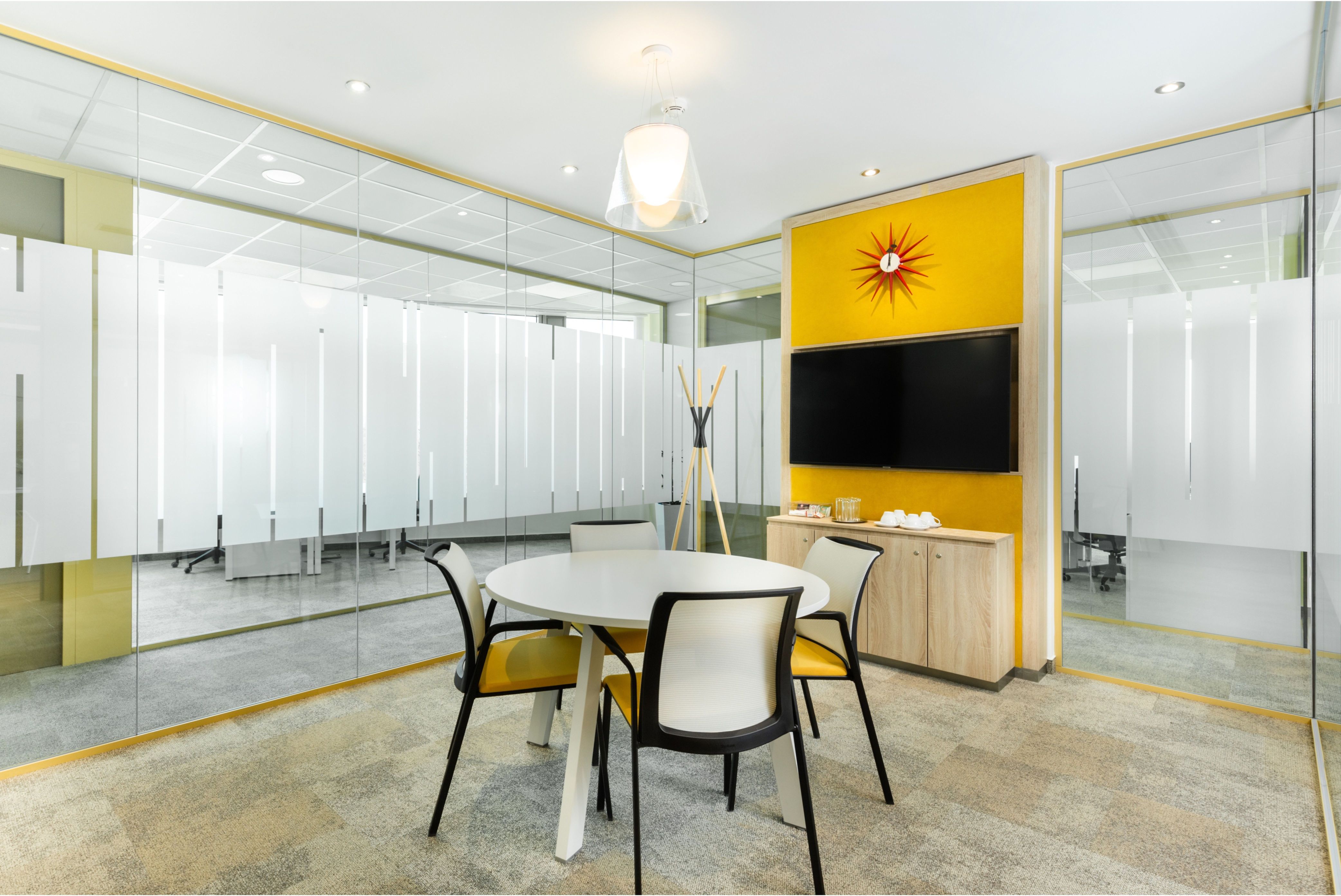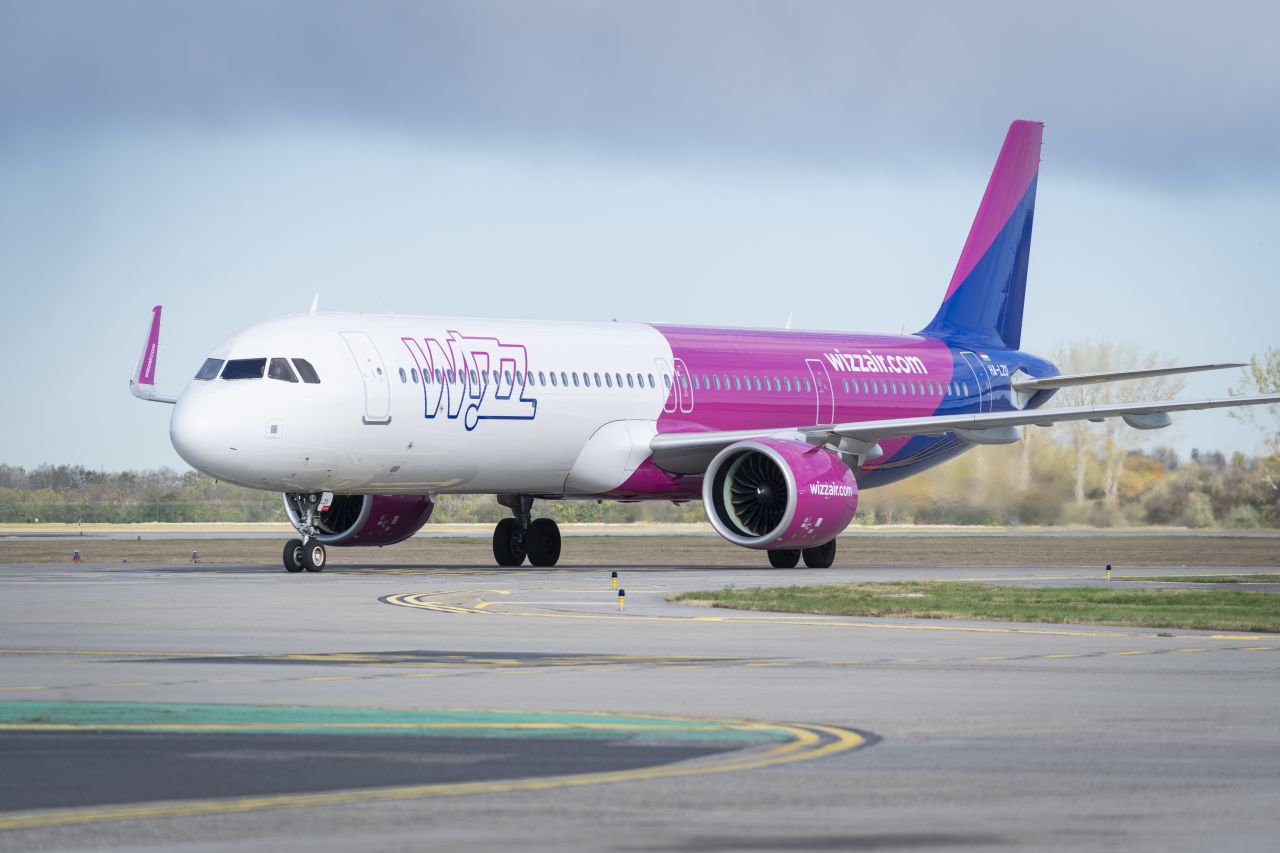Competition for Development Plots Increasing

In a very compact such as Budapest, city one of the challenges for developers is sourcing suitably-sized, well-located development plots that provide visibility at a time when competition for such space is becoming more intense and consequently more expensive.
New evosoft headquarters by Wing.
Developers need to weigh up the balance between the suitability of plots and the price of land as office hubs are beginning to develop outside the more traditional established business areas.
From a developmental perspective, office building is being undertaken in urban locations that are more integrated into the wider city. The logic driving this is that staff who often work flexible hours prefer to be in locations that are unified with the city so they can utilize amenities and commute by public transport or bike.
The evidence regarding vacancy rates is that office staff have a preference for offices within the city. With the scarcity of labor and rising wage costs, office workplace accommodation is seen as a major element in the retention of staff.
The Váci Corridor has for some time been the most favored area for office development, with around 30% of total current construction, followed by South Buda with circa 22%.
From the current Budapest office pipeline up to 2021, nine schemes are located in the Váci Corridor and six in the South Buda sub-market. As many as six office projects are scheduled to deliver along Váci út 2020. There is one office in the central business district due to deliver in the same time period.
Poorly-connected
Reflecting these locational development trends, the poorly-connected periphery of the Hungarian capital suffers from an overwhelming vacancy rate of 38% according to the Budapest Research Forum (which comprises CBRE, Colliers International, Cushman & Wakefield, ESTON International, JLL and Robertson Hungary).
This compares to around 4% in the Váci corridor with its excellent public and road transportation links, for example. On the demand side, the strongest occupational activity has been recorded in the Váci corridor, which attracted more than 35% of total demand. This was followed by Central Pest with 17% and South Buda with 14%.
The first speculative phase of Agora Budapest by HB Reavis, designed by Make Architects (with studios in London, Hong Kong and Sydney) and Hungary’s Finta Studio, will deliver retail, service space and open squares, which will be utilized by the local population as well as redeveloping the area adjacent to the Árpád híd metro station. It is planned to be submitted for BREEAM “Outstanding” and WELL “Gold” accreditation.
For their part, local authorities such as the District XIII Municipality are pro-actively promoting suburban districts to developers as part of urban redevelopment schemes. The concept is of a reciprocal benefit for the developer, the companies that locate to the project and the surrounding population.
Perhaps the hardest area to source development sites is the CBD. The Szervita Square Building by Horizon Development is a rare office development in the historical center of Budapest. Attila Kovács, managing partner of Horizon, says the number of available plots is becoming scarce in the CBD and the competition for them is growing.
Transport Hub
At the western edge of the city, Futureal is developing the 68,000 sqm Budapest ONE Business Park, located at a transport hub at Etele tér adjacent to the Kelenföld Railway Station and the Metro 4 station.
The business park will form part of the Kelenföld urban redevelopment project.
“Based on the success of our flagships project, the Corvin Promenade, we see an enormous market demand for locations with direct access to key transportation hubs. Due to the country’s largest multimodal intersection, located next to Budapest ONE Business Park, the city center can be reached via direct links in under ten minutes,” Tibor Tatár, CEO of Futureal, says of the project.
Atenor has undertaken the development of the 72,000 sqm Aréna Business Campus in District VIII. The outer ring road is seen as a developing business district with, for example, Raiffeisen Evolution planning an office project in the area.
Wing delivered the 58,000 sqm Magyar Telekom Group headquarters located in District IX last year. The complex is located at a metro, tram and road intersection with direct access to the city center and airport. The company also has an option for a further office development on an adjacent site.
On the opposite side of the ring road, Skanska has acquired another plot and plans undertake development of the first 20,000 sqm section of what will be three-phase Skandanavia Gardens.
Buda Breakthrough
Atenor has also acquired an approximately 5,000 sqm plot for its latest office project, the first to be undertaken by the Belgium-based developer on the Buda side of the river.
The scarcity of plots in the current hotspots are encouraging developers to look for well-connected areas that could become new business hubs.
On the Buda riverfront, Wing is developing the 21,400 sqm headquarters for evosoft Hungary Kft., part of the Siemens Group. This represents the latest built-to-suit, high-tech project to be built by Wing in Budapest. South Buda has been established as the high-tech hub of Budapest.
The LEED “Gold” accredited headquarters forms the second phase of the Hungarian Nobel Prize-winners Research and Development Park on a two-hectare site, in the vicinity of the Infopark technology park and the Budapest University of Technology and Economics. The first phase of the project, the 24,000 sqm built-to-suit, LEED Gold Ericsson House, was handed over by Wing in 2017.
Wider development of the South Buda area is hindered by appropriate plots with direct metro access, the presence of which has proved to be one of the major reasons for the success of the Váci Corridor. That said, another multi-phase South Buda development is being realized by Property Market on a 54 hectare site on the Buda bank of the Danube at Kopaszi-gát (the Kopasz Dam) where the 18,000 sqm BudaPart Gate, the first office phase, is scheduled to be delivered this year.
Once completed, the project will include office, retail and residential elements in addition to large green and park areas based on the concept of the development of a new self-contained city quarter. It will also feature the tallest building in Budapest, the new 120 meter high, 28-story MOL headquarters, the cornerstone of which was laid in October. The so-called “MOL Campus”, designed by London’s renowned architects Foster & Partners, is due for completion in 2021.

Szervita Square Building by Horizon Development.
SUPPORT THE BUDAPEST BUSINESS JOURNAL
Producing journalism that is worthy of the name is a costly business. For 27 years, the publishers, editors and reporters of the Budapest Business Journal have striven to bring you business news that works, information that you can trust, that is factual, accurate and presented without fear or favor.
Newspaper organizations across the globe have struggled to find a business model that allows them to continue to excel, without compromising their ability to perform. Most recently, some have experimented with the idea of involving their most important stakeholders, their readers.
We would like to offer that same opportunity to our readers. We would like to invite you to help us deliver the quality business journalism you require. Hit our Support the BBJ button and you can choose the how much and how often you send us your contributions.








